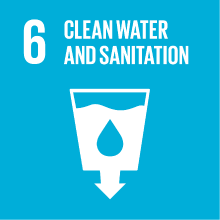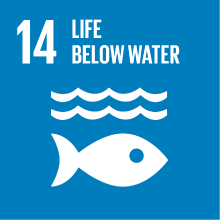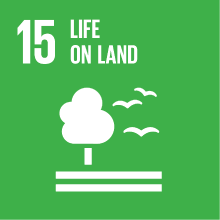EARTH SCIENCES: PRINCIPLES AND LABORATORY - 4 - LAB
- Academic year
- 2020/2021 Syllabus of previous years
- Official course title
- FONDAMENTI DI SCIENZE DELLA TERRA E LABORATORIO - 4 - LABORATORIO
- Course code
- CT0592 (AF:337056 AR:177751)
- Modality
- On campus classes
- ECTS credits
- 6 out of 12 of EARTH SCIENCES: PRINCIPLES AND LABORATORY
- Subdivision
- Class 3
- Degree level
- Bachelor's Degree Programme
- Academic Discipline
- GEO/02
- Period
- 2nd Semester
- Course year
- 1
- Where
- VENEZIA
- Moodle
- Go to Moodle page
Contribution of the course to the overall degree programme goals
The final aim of the whole course of “Earth Sciences - Principles and Laboratory”, comprehensive of the four modules, is to provide an overview of the Earth Sciences basic principles and, on a broader perspective, increase knowledge of the physical world. In this way, the graduate student in Environmental Sciences will acquire the competences needed to communicate with the Earth Science specialists during his/her future professional career.
Expected learning outcomes
Pre-requirements
Contents
Topographic maps:
• Reference systems, projections, geographic and UTM grid coordinates;
• Elevation contour lines, steepness of slopes, planimetric and topographic distances, topographic profiles;
• Landscape description (natural and human constructed features) from topographic maps.
Geological maps:
• Definition of lithostratigraphic and chronostratigraphic units;
• Layout, symbols and legends of geological maps;
• Intersection of geological surfaces and topography (vertical, horizontal and dipping geological boundaries);
• Identification of folds and faults in geological maps;
• Identification of quaternary landforms and deposits in geological maps;
• Description of geological sections.
Activity in preparation to the fieldwork and field trip in the Dolomites:
• Field equipment and risks associated to field work activities (Mrs. Flavia Visin);
• Determination of a cartographic point in the field;
• Identification of lithologies and geological units in the field;
• Identification of sedimentary and tectonic structures in the field;
• Geologic compass and measurements of geological surfaces;
• Identification and description of morphologies and quaternary deposits in the field;
• How to sample geological material and compile its own field book.
Referral texts
Venturini, C., Realizzare e leggere carte e sezioni geologiche: un approccio alla geologia di terreno e alla sua rappresentazione cartografica. Dario Flaccovio Editore, Palermo, 2012. ISBN: 978-8857901534
Abbà, T., Conoscere la geologia del Veneto. Editore: Linea Grafica-Duck Edizioni, 2020. ISBN: 978-8889562833
Optional textbooks
Bennison, G.M, Olver P.A., Moseley K.A., An Introduction to Geological Structures and Maps. Routledge, Taylor & Francis Group, London and New York, 2011. 8th Edition, 184 pages, DOI https://doi.org/10.4324/9780203783795 . eBook ISBN 9780203783795
Coe A.L. (Editor), Geological field techniques. Wiley Blackwell, 2010. ISBN: 9781444330618 e 9781444330625.
Assessment methods
Exam. Assessment strategy of Modules 3 and 4 will be carried out through written and oral examination. The written/practical examination consists in an evaluation of the geological and topographic map understanding and of the field activities. If the written exam will be positively evaluated, the student will be admitted to the final oral exam; questions will be drawn from the topics and concepts that were covered during Module 3.
Evaluation/Grading. Overall, examinations of Modules 1+2 and 3+4 will concur to the final mark of the entire course of “Earth Sciences: Principles and Laboratory”.
Type of exam
Teaching methods
This will be followed by a one-day field trip in the Dolomites; together with the field trip organized during Module 2 in the Euganei Hills, the field activity will give students “hands-on” experience with materials and concepts introduced during lectures.
The lectures and the supplementary materials for practical exercises and field excursion (e.g. topographic basemaps) will be available in pdf format on the University Moodle platform. In addition, the Mineralogy/Geology Laboratory of the Department has a rich collection of national geological and topographic maps that can be used in preparation to the examination.
2030 Agenda for Sustainable Development Goals
This subject deals with topics related to the macro-area "Natural capital and environmental quality" and contributes to the achievement of one or more goals of U. N. Agenda for Sustainable Development



